
Pipe lining is the most cost effective and convenient solution for problem pipes. Feel free to contact Nu Flow today to discuss your pipe problems.
BEFORE
&
AFTER PIPE LINING
WHAT IS PIPE LINING?
Breakthroughs in the field of science and engineering over past decades have resulted in innovative and environmentally-friendly pipe repair technologies. Making it possible for broken pipes to be repaired from the inside without the need to dig at all.
Known as trenchless repairs, old pipes (or their remnants) are usually let in place while a new pipe (often made with tough durable composite epoxy resin materials) is simply formed or situated inside or around them. With no need to excavate, dig or destroy, trenchless repair strategies such as cured-in-place pipe (CIPP) lining usually gives clients more cost-effective and convenient solutions for troublesome pipes, and results in significantly fewer negative impacts.
WHAT IS CIPP LINING?
One of the most popular ways of repairing or rehabilitating pipes without digging is CIPP (cured-in-place) pipe lining. Put simply, advanced composite resin materials are inserted into failing pipes to repair damage, improve flow and extend the life of the pipe. For pipes needing structural strength (i.e. beneath roads or driveways) a liner impregnated with the epoxy resins is pulled or pushed into place before being cured rock hard.
These structural and non-structural lining processes are suitable for pipes carrying rain water, waste, grey water, chemical (trade) applications and industrial applications.
THE BENEFITS OF PIPE LINING
TRENCHLESS PIPE REPAIR CIPP LINING CAN:
NU FLOW’S PIPE LINING METHODS
One of the most popular ways of repairing or rehabilitating pipes without digging is CIPP (cured-in-place) pipe lining. Put simply, advanced composite epoxy resin materials are inserted into failing pipes to repair damage, improve flow, and extend the life of the pipe. For pipes needing structural strength (i.e. beneath roads or driveways) a liner impregnated with epoxy resins is pushed or pulled into the pipe to cure, forming a new pipe lining that will keep it operating successfully for years to come.
These structural and non-structural lining processes are suitable for pipes carrying waste, storm water, rain, chemical (trade) applications and industrial applications.
Our pipe lining methods are tailored to suit each unique repair, and vary depending upon the type of pipe, the climate, other environmental conditions, the operational needs of the client and the built structures or services in the immediate area.
We use CCTV camera equipment to locate the issue, then we use highly specialized tools to clear the pipes and prepare them for lining.
NU DRAIN IS SUITED TO A WIDE RANGE OF PIPING SYSTEMS, INCLUDING:
Mains, horizontal laterals, vertical stacks, sanitary systems, storm/roof drains, vent systems, processed/industrial/chemical piping, other waste systems, residential & commercial properties, industrial, municipal, federal properties, swimming pools
COMMON TYPES OF PIPE THAT CAN BE REPAIRED INCLUDE:
Clay, concrete, metal, iron, cast, steel, PVC, fiberglass. We will look at all types of pipes and try to develop a solution for every unique scenario
COMMON PIPE PROBLEMS WE REPAIR INCLUDE:
Tree root intrusion, bottom gone, mis-aligned, offsets, water intrusion, missing pipe, broken pipe, partially collapsed pipe
Checkout Our Video
CIPP PIPE LINING
Utilizing cutting-edge technology, trenchless sewer repair has never been easier. With trenchless sewer repair, the need for digging trenches is eliminated, all that is needed is an access point hole to allow for equipment.
Repairing or replacing sewer pipes is already a headache and an inconvenience that you have to worry about. Make the process easy and cost effective by using NuFlow’s technology that accesses the sewer system through one or two entrance points. The best part is that your business or family can go about their daily routine with little to no disruption. In addition to saving time and money, trenchless sewer repair prolongs the life of your system, eliminates costly backups and improves water flow since pipes are lined with our patented, environmentally friendly epoxy that stands up to the challenge of everyday use. We are proud to offer these techniques while not disturbing plants, trees, or bushes that can be habitat for wildlife.
Our Latest Projects
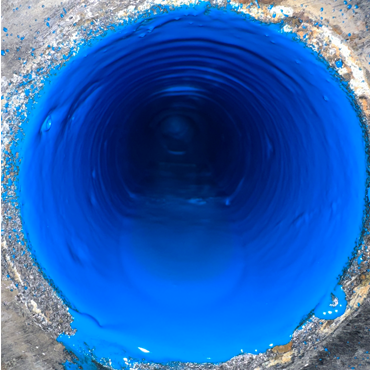
Mega Yacht Fire Pipe
View project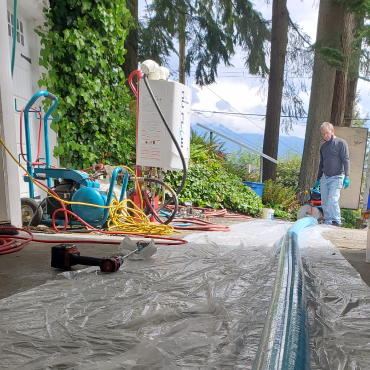
Tree Roots House Sewer
View project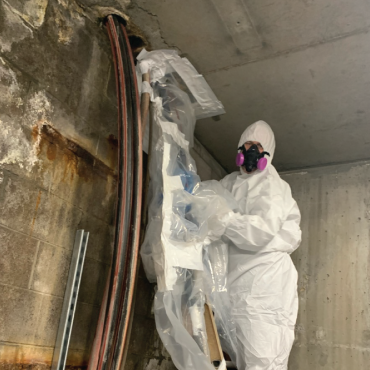
High Voltage Duct Lining
View project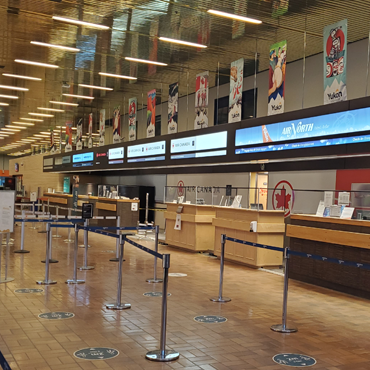
Whitehorse Int. Airport
View project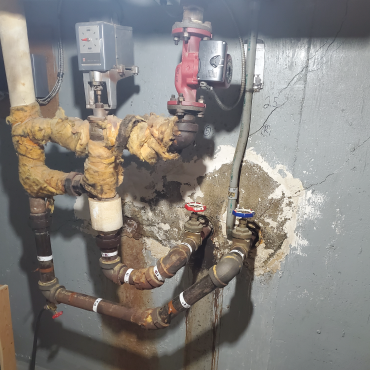
2″ Under Road Heating Pipes
View project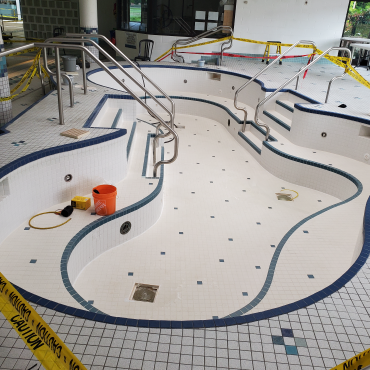
6″ Spa Pool Leak
View projectBroken pipes, tree roots, offset pipes, bottom gone, corroded pipes
Quick and Reliable Repairs ofSewer lines -- storm lines
604-629-9222About Us
Our Certified CIPP Lining Technicians Benefit You:
Examples of Applicable Pipe Systems
Nu Flow's trenchless nu-drain epoxy lining (CIPP) allows us to restore and Re-Nu aged, corroded piping systems to a “better than new” condition without removing them
TYPICAL TYPES OF PIPE PROBLEMS WE SEE EVERYDAY
